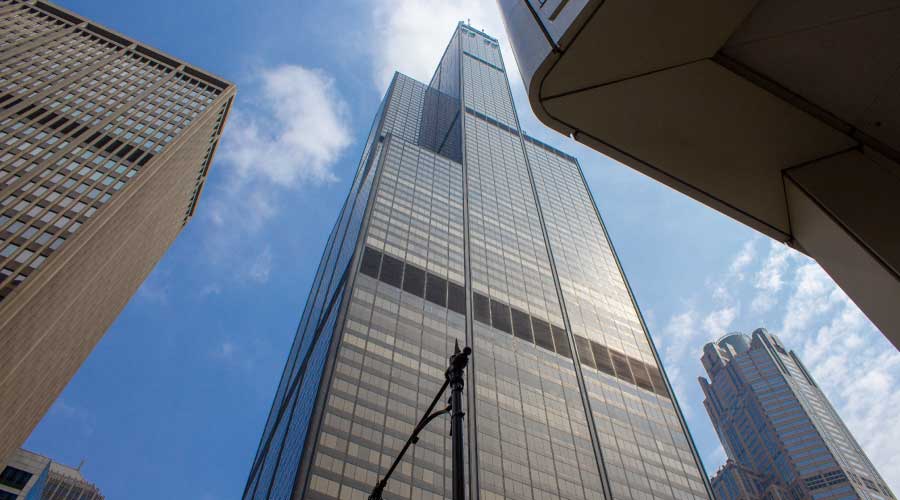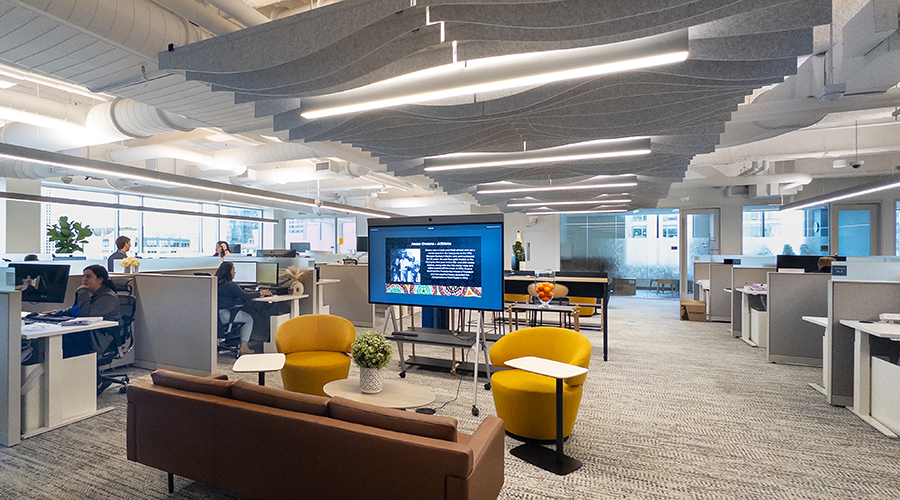Savings and Flexibility Are Goals for Corporate Conference Spaces
As companies streamline operations and improve how they work, collaborative workspaces and conference centers are changing too. The old model featured conference rooms sprinkled throughout the office, creating a logistical nightmare for food service and audiovisual staff as well as foot traffic and noise through areas where people were trying to work. Today, old-style conference rooms are making way for corporate conference centers: dedicated areas with a variety of full-service conference rooms offering dining/catering, audiovisual, and videoconferencing capabilities. The advantages are clear:
• Dining/catering, housekeeping, and audiovisual staff operate in a concentrated area, creating operational efficiencies and a more polished service approach.
• A conference center eliminates additional conference room requirements, increasing seating capacity for staff.
• Consolidating staff to fewer floors and unifying the company’s conference rooms to one floor can potentially save the company significant money by requiring less leased space.
To promote user flexibility, convenience and comfort, facility managers need to be mindful of room sizing and programming, lighting and shading, acoustics, audiovisual and technology integration, and “future proofing” infrastructure. Designing multi-purpose conference rooms that serve several corporate functions is also key.
Companies that decide to create corporate conference centers have several motivations:
• To create a unified meeting space that accommodates large groups of people yet enhances company security by not requiring visitors to enter private office areas to attend meetings.
• To reduce travel costs for meetings and decrease the need for and expense of renting hotel space for larger functions like seminars and corporate dinners.
• To project a polished and accommodating image to visitors and clients meeting in their office.
The demand for large conference space is clear, but the design challenge is to weigh the ideal setup against the practical everyday use of the space, especially in regard to rent. A floor devoted only to large conference rooms is like slating an entire floor of a hotel to rooms that may not be used all the time. The solution is to create a conference center overflowing with flexibility to accommodate many different corporate functions to maximize its use and return on investment. A recent project shows how it’s done.
Related Topics:












